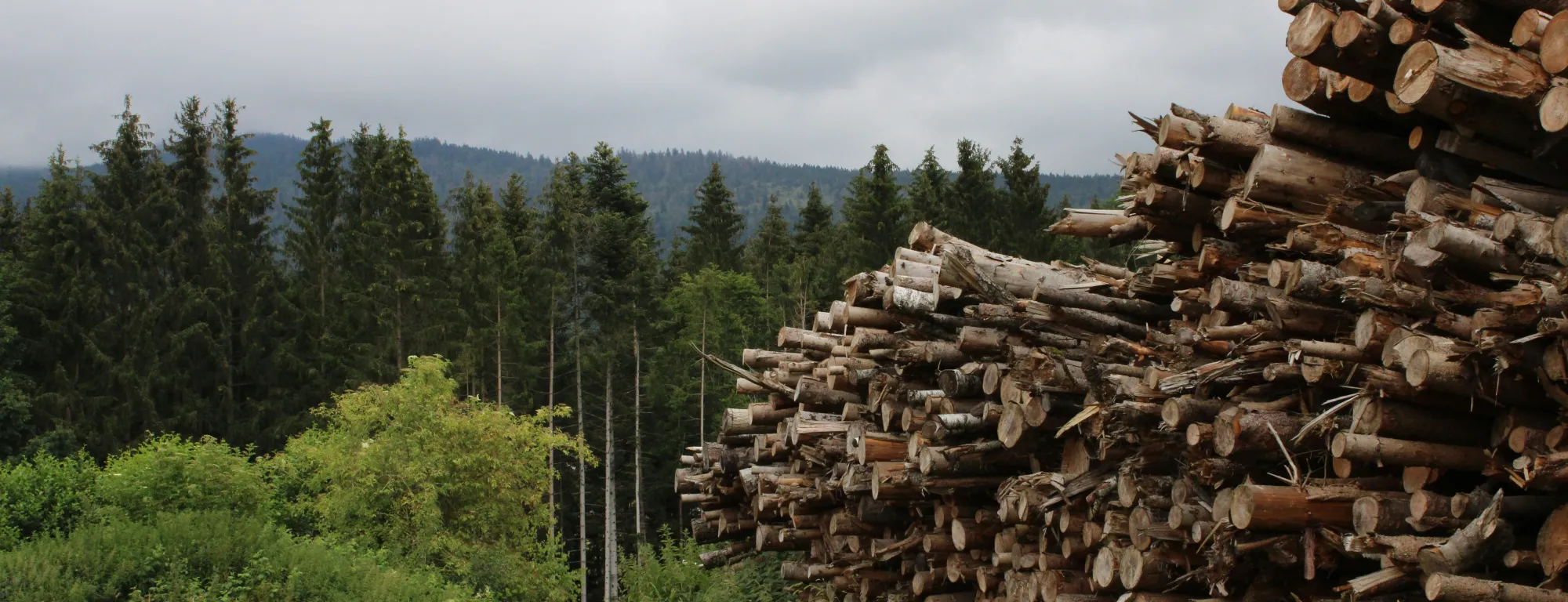Impact Areas represent the major focus areas where UC ANR’s Community Economic Development (CED) efforts can make the most difference. They reflect the real-world challenges and opportunities facing California communities—like food security, disaster preparedness, workforce development, and access to utilities—and guide how we bring research, education, and resources to support lasting, inclusive change. Each area connects UC expertise with local action, helping communities across the state thrive.
Here are the areas we have identified as priorities to target UC ANR research and resources:

Ag/Food Technology & Innovation
California is home to one of the most advanced agricultural economies in the world, and staying competitive means investing in the tools and technologies that shape the future of food. From precision robotics to controlled environment agriculture, UC ANR supports farmers, researchers, and entrepreneurs in adopting innovations that improve efficiency, sustainability, and resilience across the food system. The following are examples of ways UC ANR CED specialists are able to assist communities:
Robotics and Drones
Using automation and aerial technologies to increase agricultural efficiency, sustainability, and data collection.
Controlled Environment Agriculture
Innovations in greenhouses, vertical farms, and hydroponics to improve year-round food production and resource use.
Small Farm Tech Alliance
Connecting small and underserved farmers to emerging ag-tech solutions through collaboration, training, and access.
F3_Innovate
Supporting innovation across food, fiber, and fuel through ecosystem-building, research, and entrepreneurship hubs.

Biobased Products & Bioeconomy
As communities seek more sustainable and circular economies, UC ANR is helping California lead in the development of biobased products and renewable materials. By transforming agricultural and forest byproducts into energy, packaging, building materials, and more, we’re supporting rural innovation while reducing waste and carbon emissions. The following are examples of ways UC ANR CED specialists are able to assist communities:
Bioenergy and Biohydrogen
Developing renewable energy from organic materials to reduce emissions and create rural energy resilience.
Biobased Products
Promoting plant- and waste-based alternatives to plastics, chemicals, and materials.
Advanced Wood products
Adding value to California’s timber through engineered wood, cross-laminated timber, and rural wood manufacturing.

Community Resiliency & Utilities
Strong communities are built on reliable infrastructure—clean water, functioning utilities, broadband access, and the capacity to plan for long-term resilience. UC ANR works with rural and historically underserved areas to strengthen essential services and prepare for the impacts of climate, economic, and demographic change. The following are examples of ways UC ANR CED specialists are able to assist communities:
Utilities & Water Systems
Planning and improving access to drinking water, wastewater management, and energy services.
Infrastructure
Assessing and supporting critical infrastructure such as roads, broadband, and power grids in underserved areas.
Capacity Building
Training local leaders and institutions to plan for and manage resilient growth.
Outdoor Recreation & Ecotourism
Leveraging California’s natural assets to support rural economies and health.
Broadband access and utilization
Expanding internet access and supporting digital literacy to improve education, healthcare, and business.
- Community Wealth Building and Small Business Support
Alternative Business Structures
Supporting cooperatives, employee-owned firms (ESOPs), and public benefit corporations as community wealth models.
Access to Capital
Helping businesses identify and access grants, loans, and investment opportunities.
Entrepreneur Training and Support
Providing workshops, mentoring, and resources for small business growth.
Attraction and Retention of Local Businesses
Strategies to bring new businesses into communities and keep local entrepreneurs rooted.
Small Business Support Center
Regional support for technical assistance, training, and peer-to-peer collaboration.
- Community Wellbeing
Arts and Cultural Districts
Supporting community identity and economic opportunity through local arts, public spaces, and cultural events.
Tourism and Recreation
Developing place-based tourism that reflects community values and generates sustainable income.
Transforming Underutilized Spaces
Revitalizing vacant or underused properties for public use, food production, or enterprise development.

Disaster Preparedness and Response
Disasters are becoming more frequent and more severe—but with the right tools and partnerships, communities can be ready. UC ANR supports locally driven planning, training, and education to help Californians anticipate, withstand, and recover from wildfires, floods, droughts, and other hazards. The following are examples of ways UC ANR CED specialists are able to assist communities:
Community Resilience Planning
Supporting local governments, Tribes, and organizations in developing community-wide disaster preparedness plans and risk assessments.
Emergency Response Training and Exercises
Offering workshops, simulations, and training to build capacity in wildfire response, evacuation planning, flood preparedness, and more.
Home and Landscape Hardening
Educating residents and landowners on fire-resistant landscaping, building retrofits, and defensible space.
Public Education and Outreach
Creating multilingual, culturally relevant materials to increase awareness and preparedness across diverse communities.
Disaster Risk Mapping and GIS Tools
Utilizing UC ANR’s Informatics & GIS (IGIS) program to provide local data on flood zones, fire history, evacuation routes, and vulnerable infrastructure.
Climate-Driven Disaster Research
Linking UC researchers with communities to better understand wildfire behavior, drought resilience, extreme heat events, and post-disaster recovery needs.
Cross-Sector Partnerships
Working alongside CAL FIRE, OES, Tribal emergency services, RCDs, and local governments to build coordinated response networks.
Community Resource Hubs
Assisting communities in developing shared emergency resources like water storage, food pantries, cooling shelters, and supply caches.

Food Systems, Food Waste & Business Support
A resilient food system doesn’t end at the farm—it includes supply chains, value-added processing, waste reduction, and strong local markets. UC ANR helps farmers, food entrepreneurs, and communities strengthen their food economies while improving access, reducing waste, and increasing profitability through strategic support and innovation. The following are examples of ways UC ANR CED specialists are able to assist communities:
Supply Chains and Distribution
Mapping and improving regional food logistics to ensure access and reduce waste.
Value-Added Activities
Helping producers develop new products like sauces, jams, and fermented goods.
Agritourism
Linking agriculture and tourism to support local farms and educate the public.
Markets and Procurement
Connecting farmers to schools, hospitals, and government food purchasing systems.
Southwest Regional Food Business Center
The Southwest Regional Food Business Center will accelerate a resilient, diverse and competitive local and regional food systems by improving opportunities for food and farm businesses across Arizona, California, Nevada, and Utah. The Center’s three pillars of service are coordination, technical assistance and capacity building.

Labor & Workforce Development
People are at the heart of any economy. UC ANR partners with educational institutions, state agencies, and industry leaders to build inclusive pathways into careers in agriculture, forestry, natural resources, and food systems—starting with youth programs and extending into adult workforce training and upskilling. The following are examples of ways UC ANR CED specialists are able to assist communities:
Partnerships with Community Colleges
Developing training aligned with high-need industries such as agriculture, forestry, and energy.
Forestry Careers Project Grants
Building the next generation of forestry workers with hands-on experience and career support.
F3 Ag-TEC Project
Advancing technology-driven ag training in Central California, with industry and education partners.
CDFA Master Plan for Agricultural Education and Research
Contributing to a statewide vision for the future of agricultural education and workforce development.
Cradle-to-Career Programs (e.g., 4-H, FFA)
Early pipeline programs that prepare youth for leadership in food systems, environment, and rural innovation.
Workforce Development & Training Initiatives
Cross-sector collaborations that meet current and future labor demands through education and upskilling.
